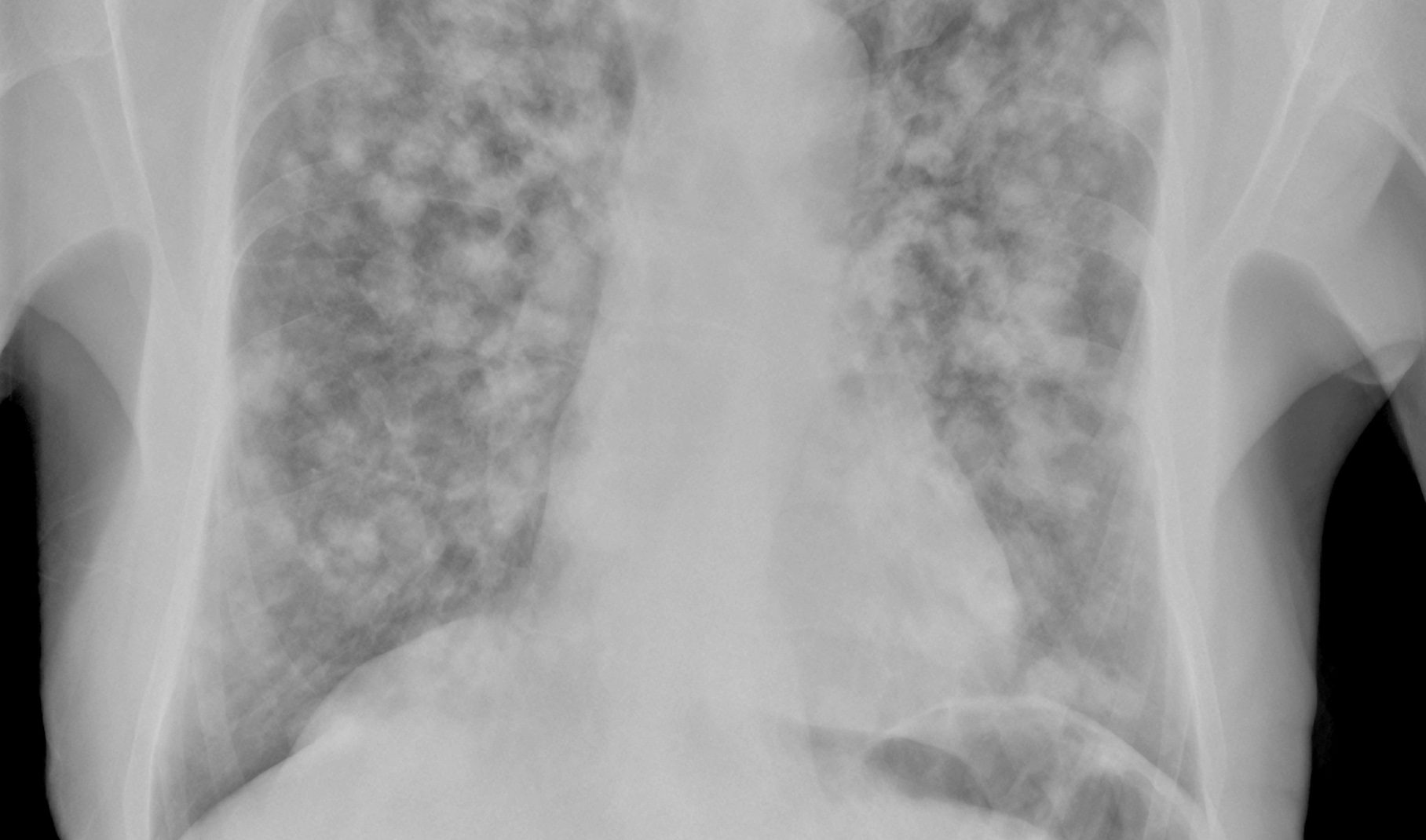Stroke, multiple sclerosis or spinal cord injuries are among the most common neurological diseases in which permanent paralysis and muscle atrophy can result from a disorder in the central nervous system.
Scientists at the University Medical Center Göttingen and Berlin have now been able todemonstrate for the first time that tetanus toxin can significantly improve muscle atrophy.
To date, there is no effective drug for treating permanent paralysis and muscle wasting, caused by a disorder in the central nervous system, . The focus of therapy is therefore on physical and occupational therapy. In order to be able to close the treatment gap, Göttingen and Berlin scientists led by neurologist Prof. Dr. David Liebetanz, Department of Neurology at the University Medical Center Göttingen (UMG), have been researching a novel drug therapy for about ten years. The focus here is on the highly toxic tetanus toxin, known as the trigger of tetanus.
Now the researchers have achieved an important milestone towards clinical application. Together with their Berlin-based cooperation partners, neurologist Prof. Dr. Stephan Hesse of the Medical Park Berlin Humboldtmühle Clinic and veterinarian Dr. Martin Deutschland of the Neurological Referral Practice for Pets, Berlin, Liebetanz and his team conducted a placebo-controlled and double-blind study in dogs suffering from paraplegia due to a herniated disc. Based on their results, the researchers were able to demonstrate for the first time that tetanus toxin can significantly improve muscle wasting in paraplegia.
Background and results
The idea of using tetanus toxin, which is actually highly toxic, as a possible therapy for paralysis can be traced back to the Moldovan neurologist Boris Sharapov. Sharapov reported three patients wounded by gunfire during the World War 2 period, two with paraplegia and one with hemiplegia. All three also developed tetanus infection coincidentally. In this case, the bacterium Clostridum tetani produces large amounts of tetanus toxin from the infected wound. This leads to muscle spasms affecting more or less the whole body, called tetanus. As Sharapov’s patients progressed, there was both an increase in muscle tone and active movements in the previously paralyzed limbs. After a few days, Sharapov noticed that the hemiplegic patient no longer showed any paralysis. From his observations of these accidental tetanus infections, he concluded that the tetanus toxin must have positively stimulated the neurons that were still preserved. In his 1946 report, Boris Sharapov postulated a possible therapeutic use of tetanus toxin.
“Today we know that tetanus toxin, when injected into muscle, turns off inhibitory neurons at the spinal cord level. This reactivates motor nerve cells that directly control the affected muscles. Based on this unique mode of action, an increase in muscle mass of previously paralyzed muscles can be achieved,” says Dr. Anna Kutschenko, one of the first authors of the publication. The physician in the Department of Neurology at UMG has been working on the project for ten years.
25 paraplegic dogs were invited to Göttingen to participate in the study via an advertisement in a journal for dog owners. In addition to extensive clinical testing, sonographic measurement of muscle thickness was performed in canine patients. “Four weeks after injection of tetanus toxin into the muscles affected by muscle atrophy, re-measurement revealed a significant increase in muscle thickness compared to placebo-injected dogs,” said Dr. Anja Manig, also first author of the publication and a physician in the Department of Neurology at UMG.
With this study, the Göttingen and Berlin researchers were able to demonstrate for the first time that tetanus toxin can significantly improve the pronounced muscle atrophy in paraplegia. “This is the first time ever that a drug treatment has been used to build muscle in paralyzed muscles,” said Prof. Liebetanz, leader of the project and senior author of the publication. “Although tetanus toxin bears a high resemblance to botulinum toxin, it has the opposite effect. While botulinum toxin leads to paralysis and muscle atrophy, tetanus toxin causes an increase in muscle tone and muscle mass,” says Prof. Liebetanz.
To date, tetanus toxin has never been used for treatment in humans. Before taking this step, the team of researchers from Göttingen and Berlin will conduct some more research. These mainly concern the safety and dosage of the nerve agent in humans.
Original publication: Intramuscular tetanus neurotoxin reverses muscle atrophy: a randomized controlled trial in dogs with spinal cord injury. Anna Kutschenko, Anja Manig, Angelika Mönnich, Beatrice Bryl, Cécile-Simone Alexander, Martin Deutschland, Stefan Hesse and David Liebetanz (2021). Journal of Cachexia, Sarcopenia and Muscle. J Cachexia Sarcopenia Muscle. 2021 Oct 27. doi: 10.1002/jcsm.12836. Online ahead of print.











